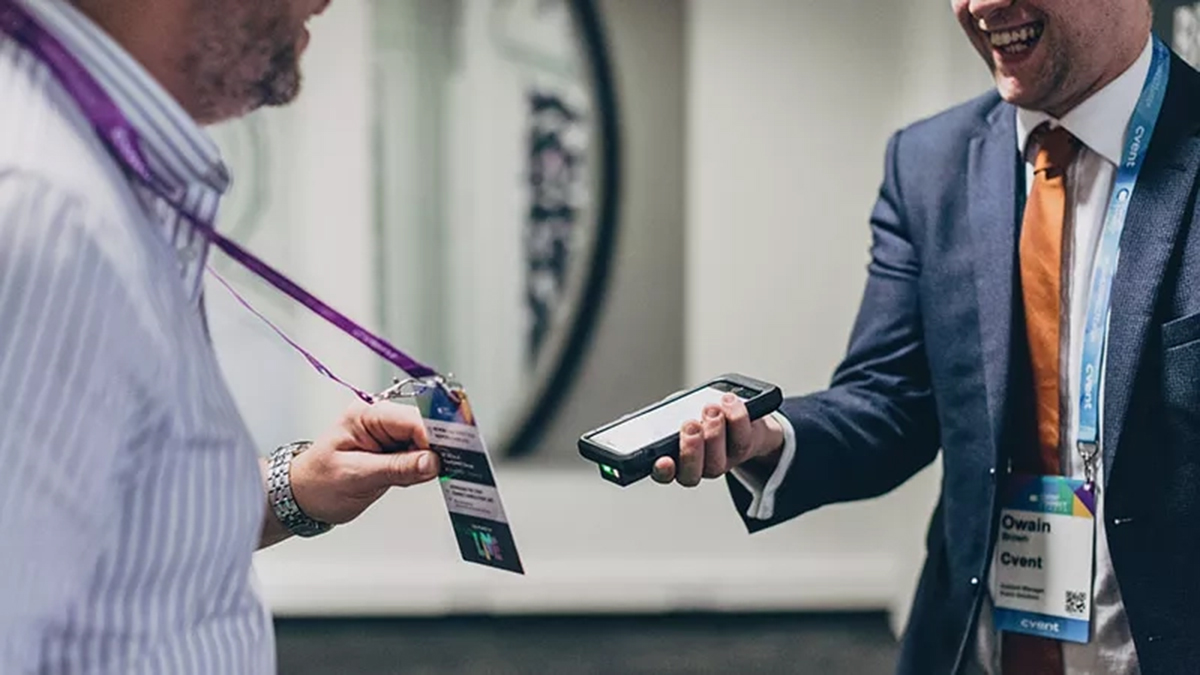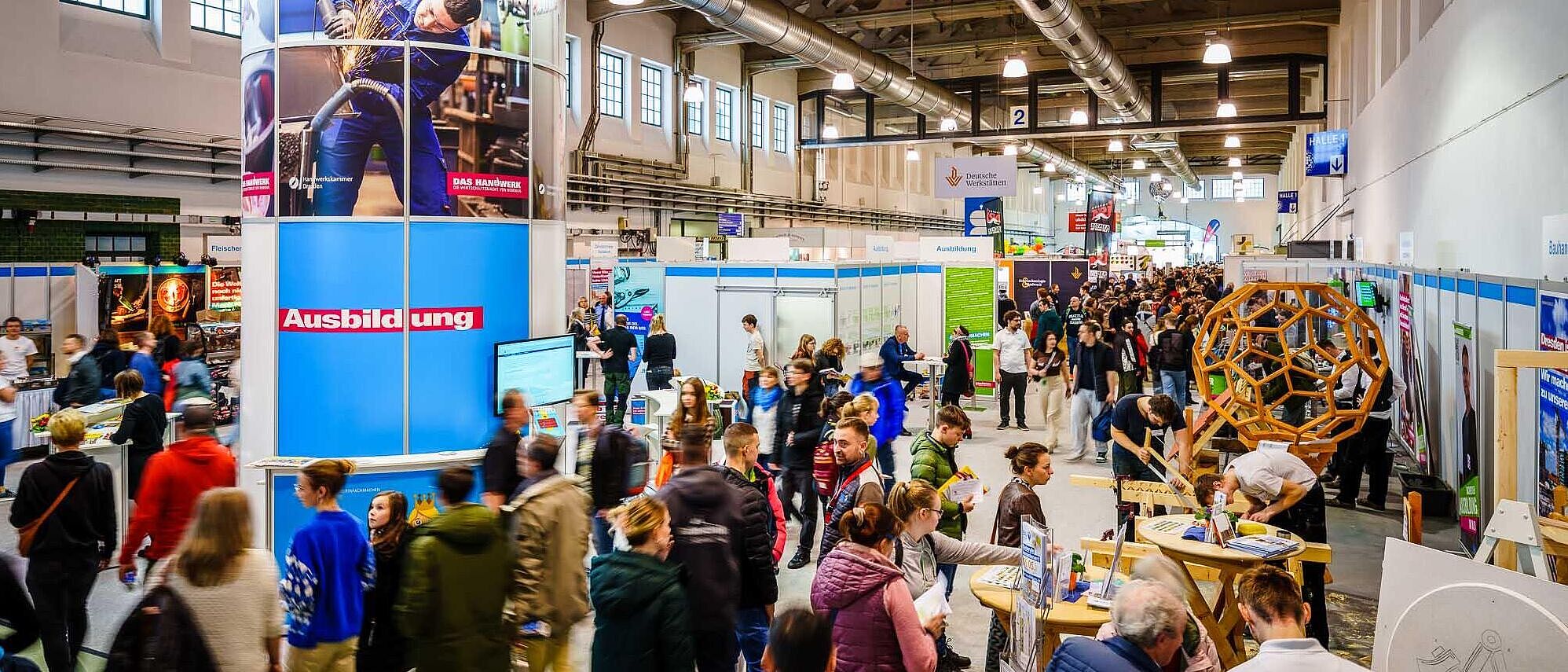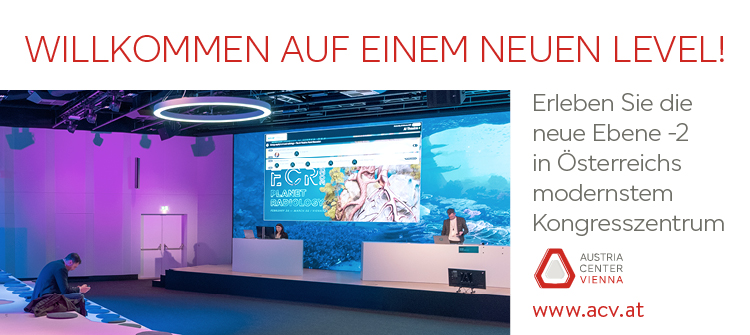The right data makes all the difference
Photo: Deutsche Messe AG / Rainer Jensen
Photo: Deutsche Messe AG / Rainer Jensen
A successful trade fair presence begins long before the doors open. Arrive with clear objectives and a plan to achieve them. Planning does not remove uncertainty, but it minimises risk and significantly improves your chances of success. Your objectives should also determine the KPIs you track—measure what matters to your business.
Only with clear goals can you define, collect, and analyse KPIs before, during, and after the trade fair. This makes success measurable and clearly highlights areas for improvement. The principle applies to both large custom builds and smaller modular/system stands—“just being there” is no longer enough.
Historical and current total visitor numbers for the trade fair provide an initial indicator of the event’s overall appeal. Traffic to your own stand then shows the reach of your presence, while visitors per hour or per day offer deeper insight into footfall patterns and audience origin.
Speed is key in post‑event follow‑up
Beyond quantity, contact quality is crucial. Record the number of conversations and segment them into existing versus new customers. The number of qualified meetings booked is a strong leading indicator of future business. After the trade fair, the goal is to turn contacts into scheduled appointments and concrete deals. Meeting bookings are therefore a key KPI.

The digital recording of visitor data is now standard at trade fair stands. Photo: Cvent
Contact quality can be assessed with structured questionnaires, while dwell time at the stand and visitors’ specific interests can be measured using tools such as badge scans, beacons, or digital interaction tracking. Analysing the responses reveals not only how many conversations took place, but also which products drew the most attention—digital lead-capture tools clearly show which offerings visitors asked about. However, according to Localista, around 70% of trade fair leads never convert to sales—underscoring the need for rigorous lead scoring and rapid, structured follow-up.
That’s why targeted lead capture and processing—paired with rapid response—are so important. Follow up fast: prospects expect timely contact, and competitors aren’t standing still. Studies show that around 50% of deals go to the first responder. Manual workflows and unstructured data are major causes of poor follow-up. Capture leads digitally with tools like SnapAddy to standardise data and sync it to your CRM in real time, enabling immediate outreach and reliable tracking.

Full aisles at the Karrierestart 2025 trade fair at Messe Dresden: visitor numbers provide information about the attractiveness of an event, visitor flows and length of stay at the stand are important indicators of trade fair success. Photo: André Wirsig
Artificial intelligence in post-processing
However, the process does not end there: artificial intelligence can enrich the raw visitor dataset in a targeted way. AI‑powered data enrichment can, among other things:
- Append company-specific information: automatically add company size, industry, location and turnover to the profile.
- Identify contacts and decision-making structures: determine key roles and stakeholders within the organisation.
- Evaluate interest and potential: assess purchase likelihood and key interests based on stand behaviour, areas visited and conversation notes.
- Improve data quality: deduplicate, correct errors and complete missing fields.
This intelligent enrichment transforms a simple visitor record into a meaningful customer profile that effectively supports sales—turning trade fair booth contacts into qualified leads while maximising resource efficiency.
Comparing trade fair costs and outcomes with field sales activities
The conversion rate is the percentage of leads that become new customers. Ideally, the sales value derived from post‑event follow‑up should align with the value generated by field sales. Significant shortfalls may indicate that the trade fair is not optimal for achieving your sales targets. Saxoprint’s website features an interesting comparison of trade fair costs and outcomes versus the costs of field sales.
There, trade fair returns are benchmarked against field sales performance. A trade fair is essentially concentrated field work with far greater reach and potential; accordingly, Saxoprint argues that trade fairs should deliver more favourable costs and ROI than classic field sales. To evaluate effectiveness, they use the average cost per field contact—calculated from total annual salesperson costs and the number of contacts per year—as a benchmark.
Compare the trade fair outcome with the established field conversion rate, using parameters from the same product segment and a comparable market.
Calculating trade fair contact costs
:Cost per contact is another key pillar of performance measurement. For example:
Sales budget:
Trade fair result: 280 qualified contacts =
per contact
With average field‑sales contact costs of €350–€450, this would be an excellent result. Because the efficiency of a trade fair hinges on the number of qualified contacts, Saxoprint compares the trade fair outcome with the calculated potential used in the analysis:
Calculated contact potential
5 salespeople x 3 days x 6 h/day = 90 hours
1 call/h = 90 calls in total = 18 calls/salesperson
2 conversations/h = 180 conversations in total = 36 conversations/salesperson
3 conversations/h = 270 conversations in total = 54 conversations/salesperson
For efficient participation, aim for two to three meetings per net hour. The potential of trade fair contacts is another key metric for assessing the success of the event.
At the end is the turnover...
While not the primary focus, direct revenue generated at the trade fair remains important. This KPI can typically be assessed only weeks or even months after the event, but it should not be overlooked when evaluating the cost–benefit ratio.

Brand awareness on a large scale: machinery and construction groups use Bauma 2025 for highly visible brand presentations. Photo: Messe München GmbH
This is where the term Customer Acquisition Cost (CAC) comes into play. The CAC is used to determine the total cost of acquiring a new customer. This cost block includes all measures aimed at converting a potential lead into a paying customer. This also includes the cost per lead (CPL), which measures the effort required to generate a lead. The return on investment (ROI) calculates the profit in relation to the trade fair costs and, finally, the sales growth rate defines the sales development through trade fair participation.
...and the important "side effects"
Trade fair participation should also strengthen brand awareness. Measure visitor recall, the reach of your presence, and social media engagement (likes, comments, shares) generated by your presentation. Track the post‑event uplift in website traffic and the increase in branded search queries. Media mentions are another important outcome. And last but not least, monitor sustainability KPIs such as carbon footprint (CO2), waste volume, and resource consumption.
Conclusion:
It pays to embrace the classic principle of “plan, manage, control” when preparing for trade fairs. Close knowledge gaps and invest boldly in new tools—especially in digitalisation.
Hans Jürgen Heinrich



